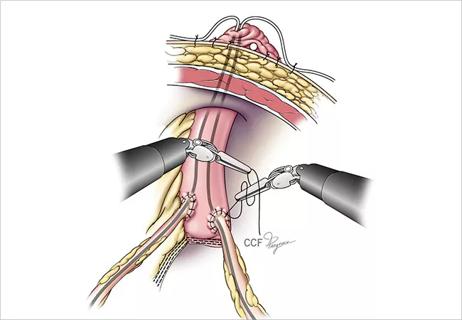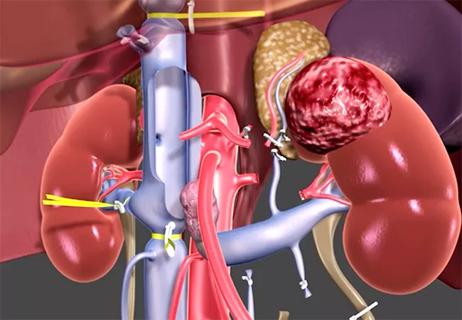3D printing is increasing the attention to detail in patient care
Utilizing 3D printing technology, medical devices can now be matched to the exact specifications of a patient. Designed to be more compatible with an individual’s natural anatomy, devices modeled from patient specific dimensions have shown greater acceptance by the body, increased comfort and improved performance outcomes in patients who meet specific medical requirements. The versatility provided by 3D printing gives medical practitioners the ability to provide patients the most advanced care, while simultaneously minimizing the risk of complication. Currently, the most significant work in this space includes external prosthetics, cranial/orthopedic implants, and customized airway stents for diseases narrowing the airway. Work in prosthetics and other bodily implants is also gaining speed with some cleared for the commercial market. The technology has also been found helpful in surgical planning. To date, the technology has been used for many complicated heart surgeries, and even the Cleveland Clinic’s most recent total face transplant. With its widening healthcare applications, 3D printing is increasing the attention to detail in patient care.
Advertisement
Cleveland Clinic is a non-profit academic medical center. Advertising on our site helps support our mission. We do not endorse non-Cleveland Clinic products or services. Policy
In this video, learn why patient-specific products achieved with 3D printing are one of Cleveland Clinic’s top 10 medical innovations for 2019.
Advertisement
Advertisement

Manoj Monga, MD, assesses urology's opportunities and challenges

Study shows surgical experience impacts the risk of post-operative stricture formation

Study offers evidence to guide treatment decisions

Assessments of the shorter collection routine are encouraging, but not yet definitive

Absolute attention to detail leads to successful excision